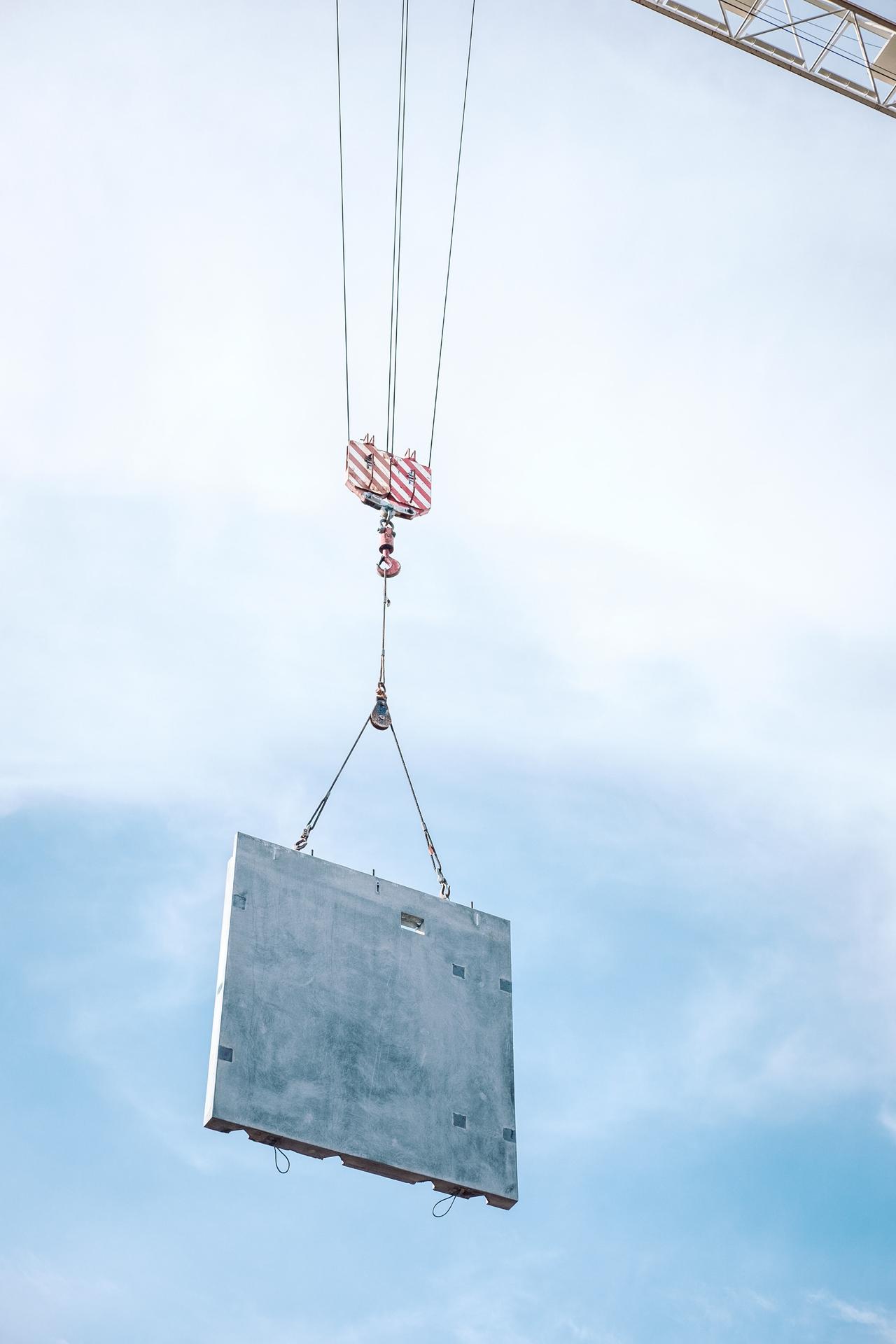
Overhead cranes are an essential tool in any production or manufacturing-focused environment. Whether it’s a steel mill, an automobile manufacturing plant, or any similar type of work setting, you’ll need the right tool to haul heavy or high-volume loads from place to place while keeping your workers safe and causing minimal disruption to other essential activities, and there’s no better tool for this purpose than an overhead crane.
But there isn’t just one kind of crane. Different types of cranes are built to handle different circumstances, and it’s important for you to know what your crane is capable of before purchasing and installing it in your workplace. That’s why overhead crane classifications exist: to make it easier for you to distinguish what level of operation a crane can withstand and determine whether it’s the right fit for your workplace’s needs.
All cranes have a classification assigned by the CMAA as a means of keeping workers safe and plant operators informed before making a purchase. But what kinds of classifications are there? In this blog post, we’ll review each of them so that you can make the right choice for your facility and team, as well as provide some background information about the CMAA to help you better understand the classification system and the purpose it serves.
The CMAA, or Crane Manufacturers Association of America, is an organization that works to standardize as many aspects of crane manufacturing and the workplaces that use them as possible. Specifically, they work to educate managers, manufacturers, and crane operators on safety standards in both the production and usage of industrial cranes. It comprises over 30 of the leading companies in overhead crane manufacturing in the United States.
The ultimate end goal of the CMAA is to establish higher quality standards relating to indoor cranes. The more information is available and clearly organized regarding a crane’s functions and safety considerations, the more useful it is to organizations that depend on them for their routine operations. To that end, the classification system for cranes helps to make this functional distinction easier for buyers.
There are six crane and hoist classification levels, each indicating the level of service a crane can be reasonably expected to handle. They’re rated on a set of criteria that includes the following:
Overhead crane classifications include:
Class A: This type of crane is best when your priority is precision, not speed. They’re often used in settings like turbine rooms and transformer stations.
Class B: These types of cranes are used slightly more frequently than Class A cranes, generally up to five lifts per hour, and are also best in settings where speed is not a significant factor.
Class C: A Class C crane can typically handle up to 10 lifts per hour with moderate service requirements. They can generally handle loads averaging around half of the crane’s rated capacity, or maximum weight limit.
Class D: This type of crane is most frequently seen in heavy industrial settings like lumber mills, foundries, and fabricating plants. They can generally handle up to 20 lifts per hour, with up to 65% of these lifts being at the crane’s rated capacity.
Class E: These cranes are meant for frequent heavy usage with the ability to handle over 20 lifts per hour at or near their maximum weight capacity.
Class F: Like Class E cranes, Class F cranes are meant for frequent heavy loads. These, however, are designed for severe service conditions and must provide a higher level of reliability and ease of maintenance than other cranes.

T&M Cranes sells a variety of indoor cranes, hoists, and parts to suit the needs of your work environment. Request a quote, call directly at 1-800-552-6720 for more information, or reach out through our online contact form.